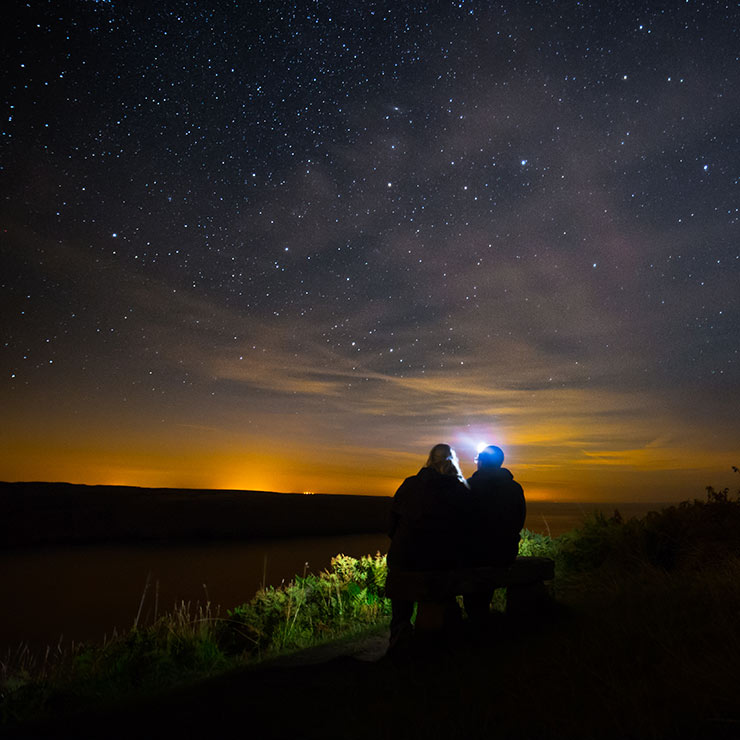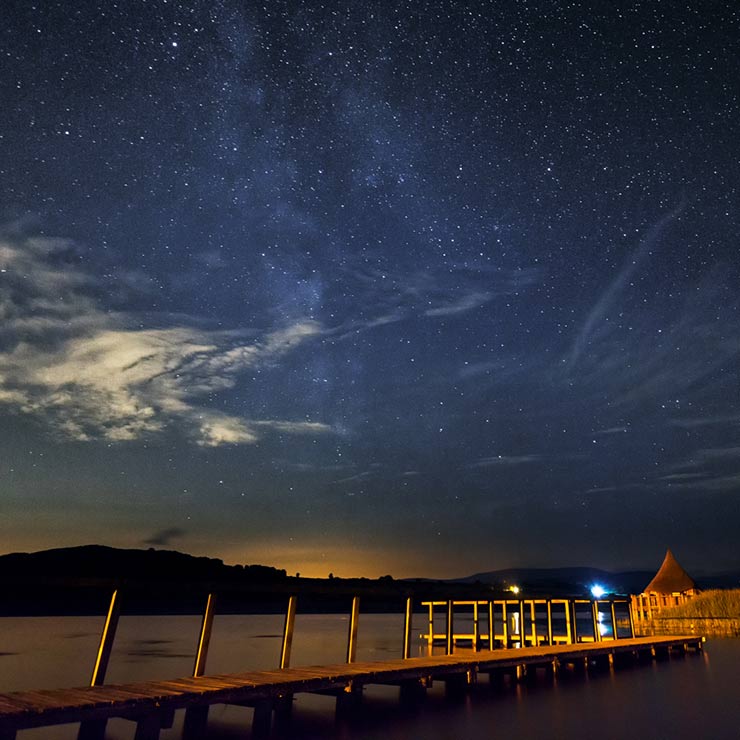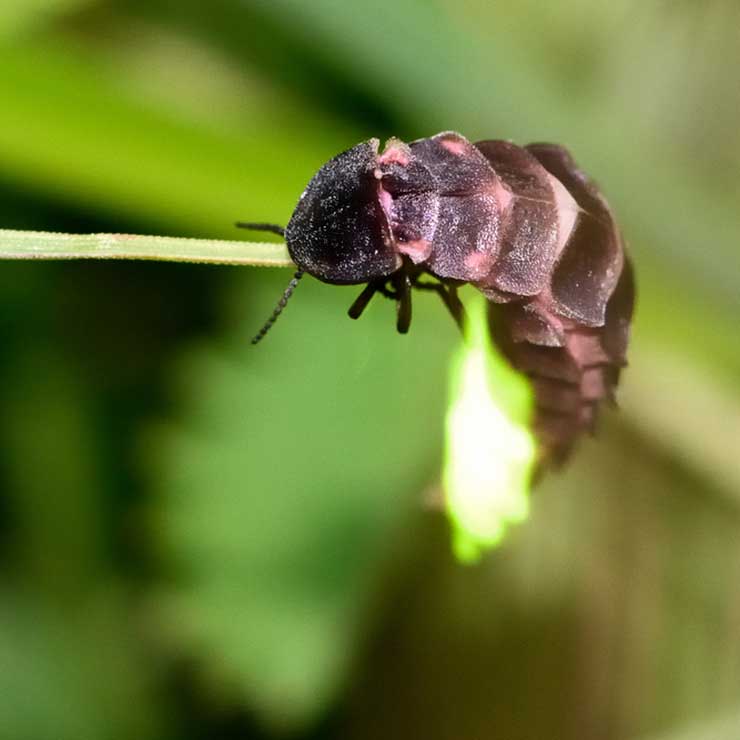Badger Watching
Experience the amazing sight of badgers emerging into the dusk from their setts, foraging for food and playing in the moonlight.
Badgers are a protected species and the opportunity to watch them is an experience to be cherished. Badgers are seldom seen in the day and they usually emerge out of their setts at dusk to forage for food . They live in family groups or clans and so when badger watching you may be lucky enough to see cubs playing. So, if you are interested in badger watching ask your accommodation provider if they know of any local opportunities for guided watches or contact a local wildlife group.
While other creatures including bears, wolves and lynxes have been driven to extinction in Britain, the less formidable but more elusive and enigmatic badger remains living wild in the countryside and is Britain’s largest carnivorous mammal. Sadly, most people have seen a dead badger on the roadside but it is not surprising that so many of us have never watched a badger in the wild. Badgers are protected by law and so are the setts (burrows) they live in under the Protection of Badgers Act 1992. Please consider that it is an offence to disturb a badger when it is occupying a sett and so take special care not to inadvertently interfere with the sett or its opening when involved in any badger watching activity.
The European badger has very sensitive hearing and a sharp sense of smell, which makes it excellent at evading humans. A badger can catch the scent of a human footprint left hours earlier, and unfamiliar noises may stop the badger emerging from its underground home for days. So when you are out waiting silently in the night shadows for a badger to appear be prepared to wait a long time. Whilst you wait, take time to develop your own badger sense, take note of the sounds and smells around you, listen out for other creatures that may also be sharing the dusky night air with you, take time to enjoy the stillness. Although there may be a lot of waiting it, is the waiting that makes this activity particularly thrilling: is the rustling a badger - or just the wind? Moreover, when a badger does emerge with its nose twitching in the air to catch any whiffs of danger, you too will be holding your breath in awe and nervous anticipation. June and July are the best months to see badgers, as you can watch playful cubs frolic above ground. Although badgers do not hibernate they are less active in winter. Even though badgers can’t see very well their sense of smell is keen, so wear dark clothes, a hat and cover your hands. Avoid smelling too clean, and keep away from strong smelling deodorant, perfume or fabric conditioner - what a great opportunity for kids not to take a bath! The Badger Trust, which promotes badger welfare and conservation, has several regional groups that offer badger-watching evenings in the summer months, and if you are lucky your accommodation provider may have a sett on their land.
Remember it is an offence to disturb badgers and going on to private land to find setts is also trespassing, so in order to do this activity responsibly go with an organised group.
You may also be interested in...

Bat Walks
Listen out for the supersonic squeaks of nature’s only true flying mammal and watch their furry acrobatic missions in the night air.

Nocturnal Birds
Elusive and enchanting - from the dusk and dawn chorus, to the bird calls of the night, in the mystical welsh woods.

Glow-Worm Adventure
Find these brilliant creatures tucked away twinkling in gardens and hedgerows.
